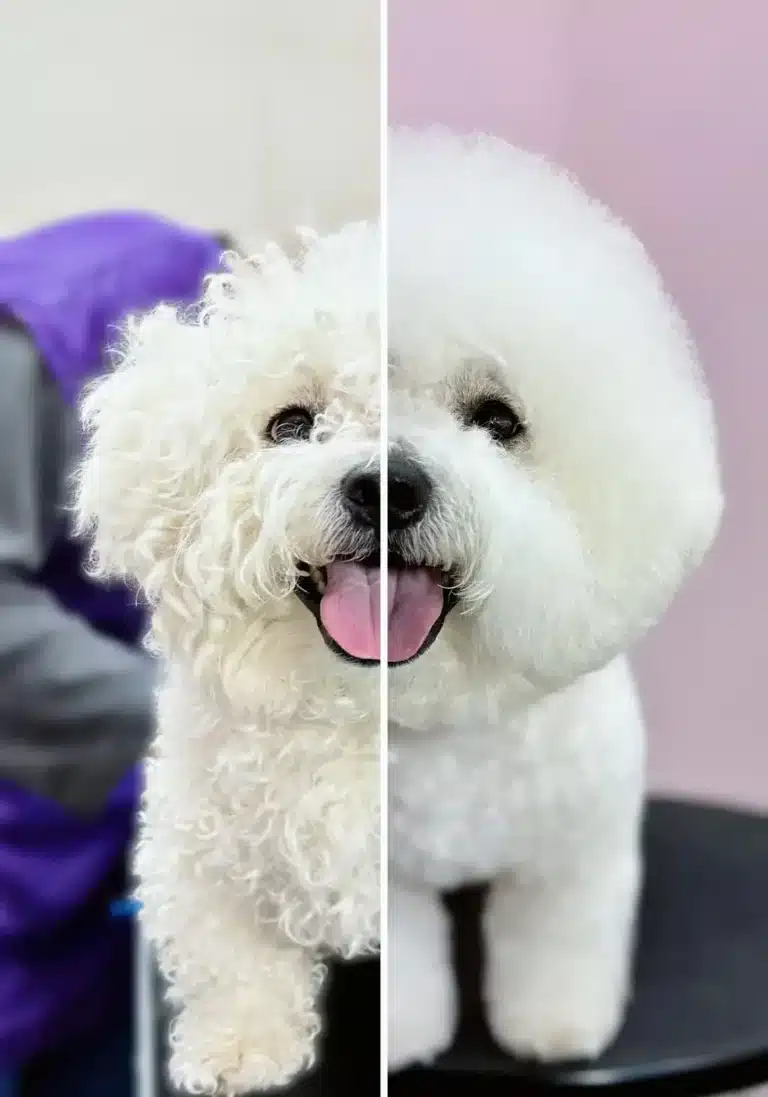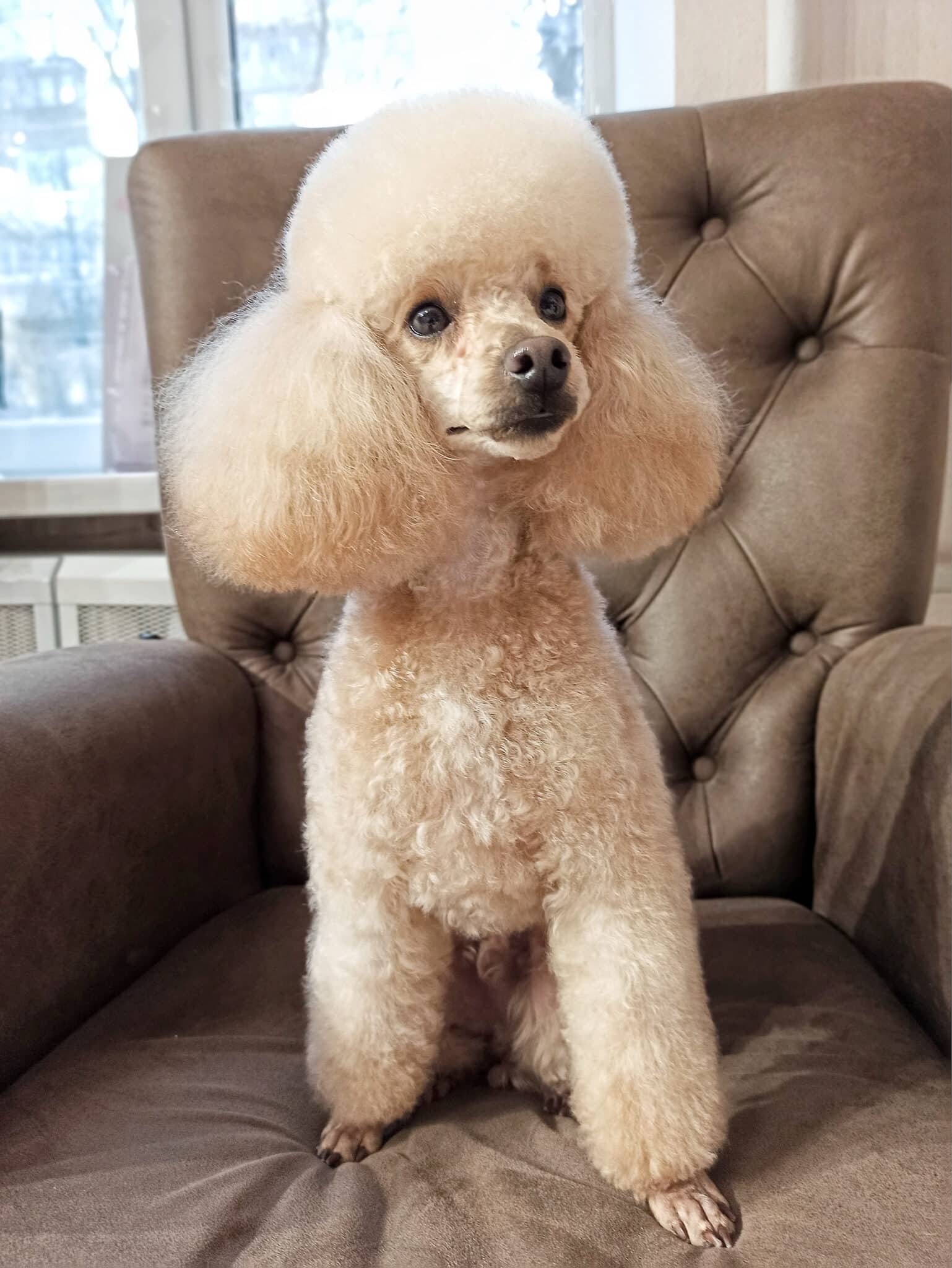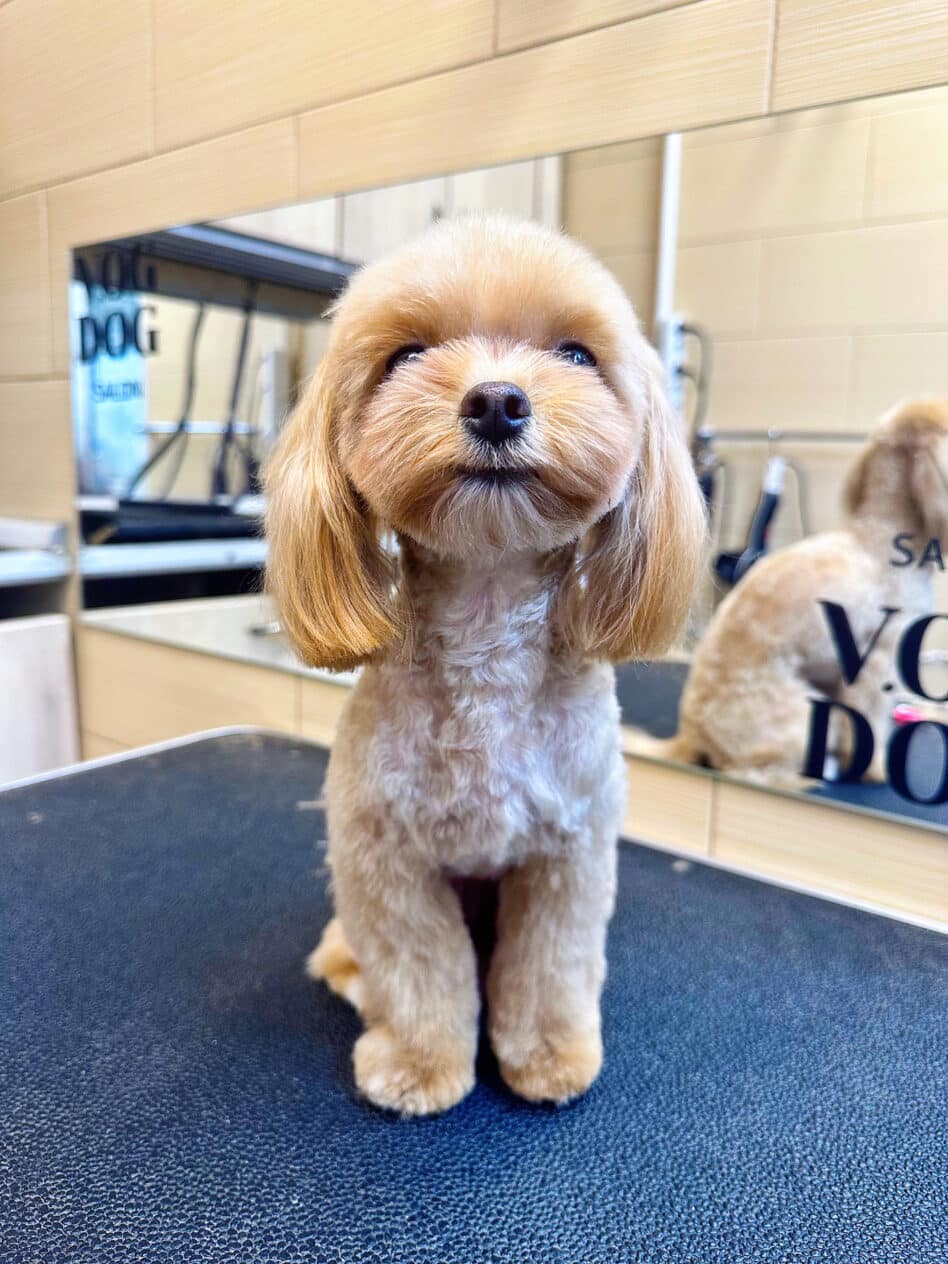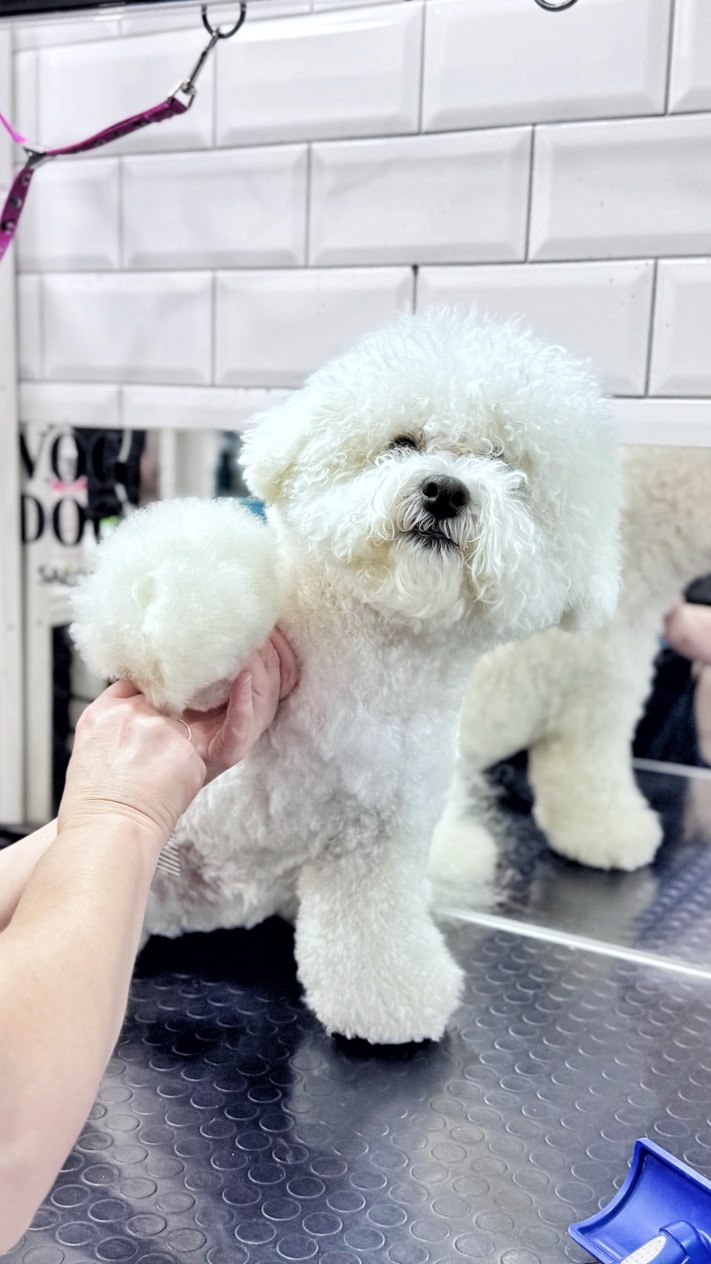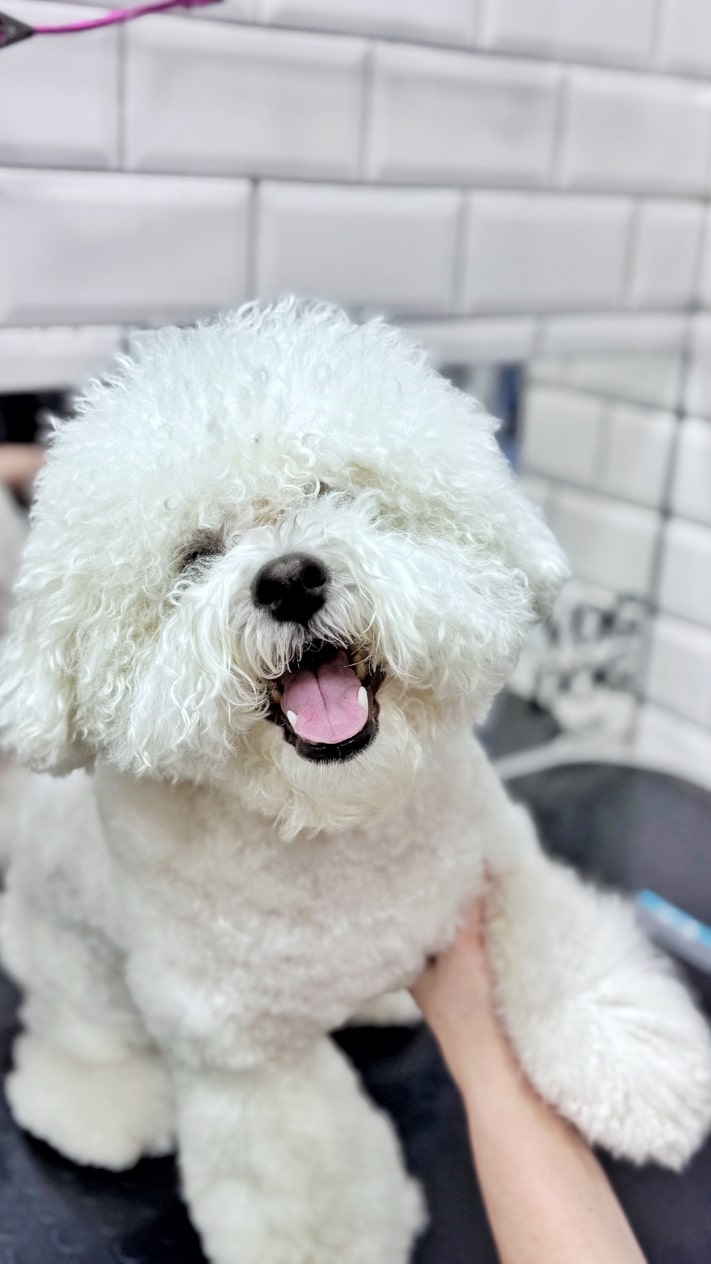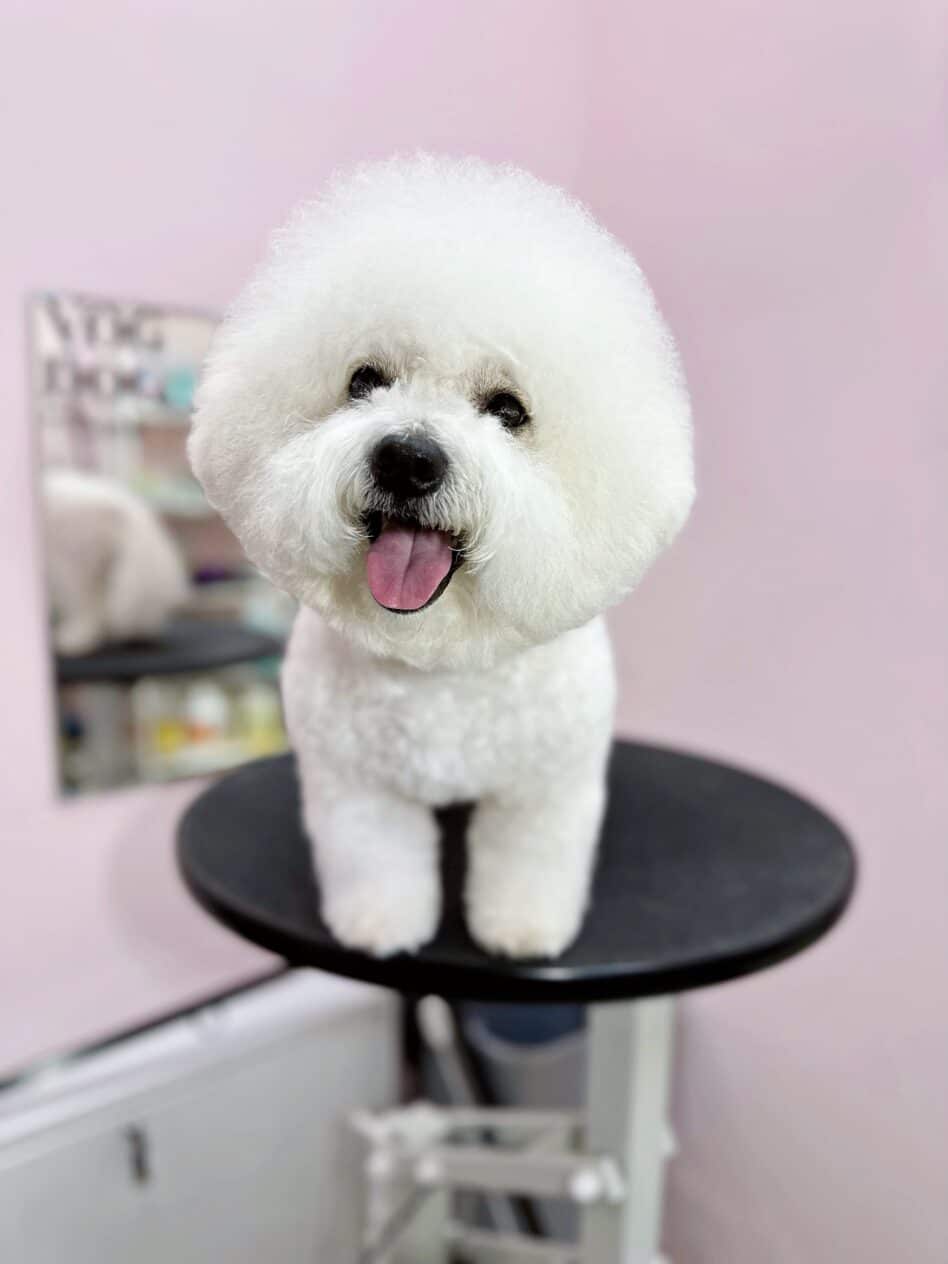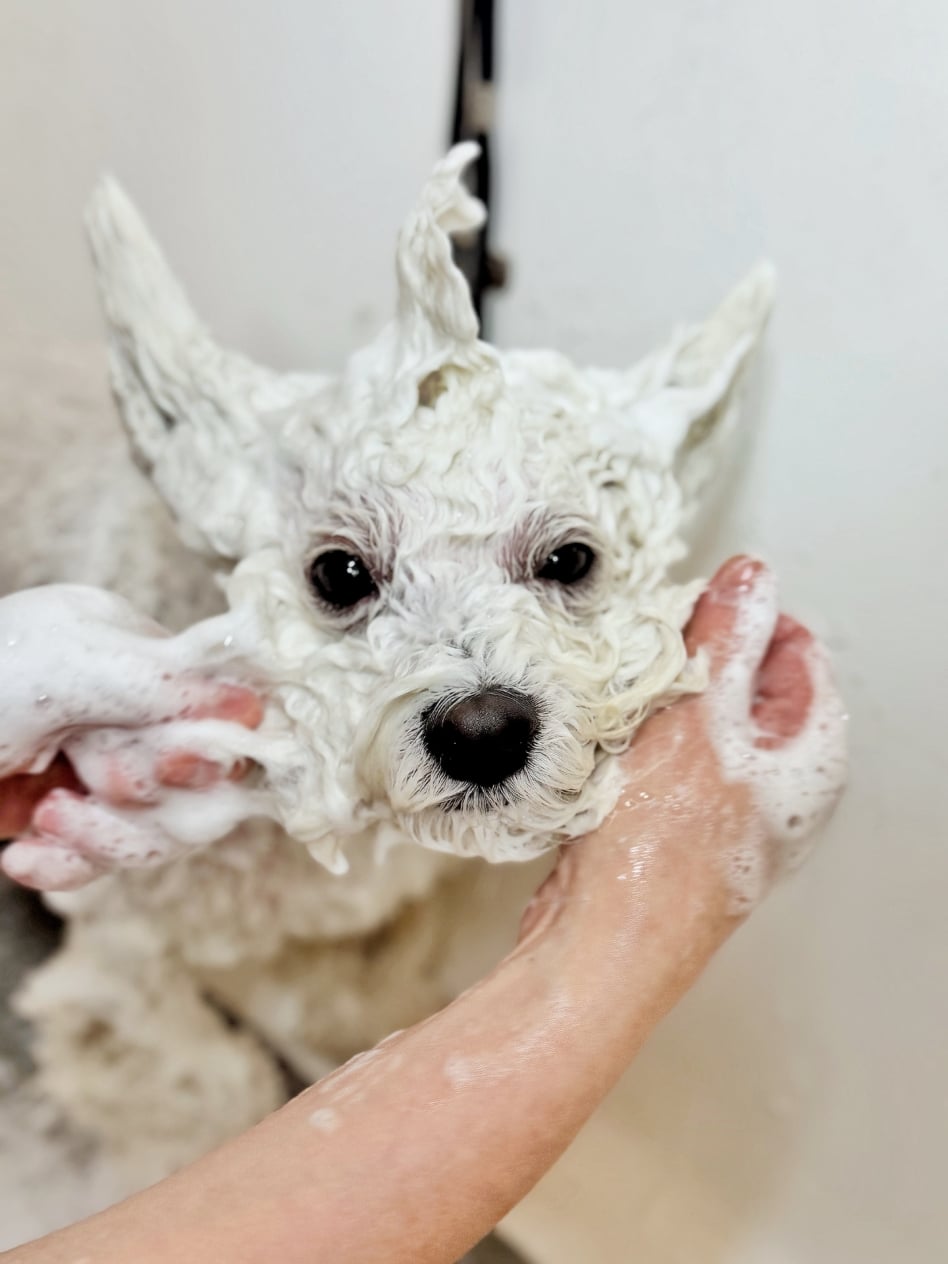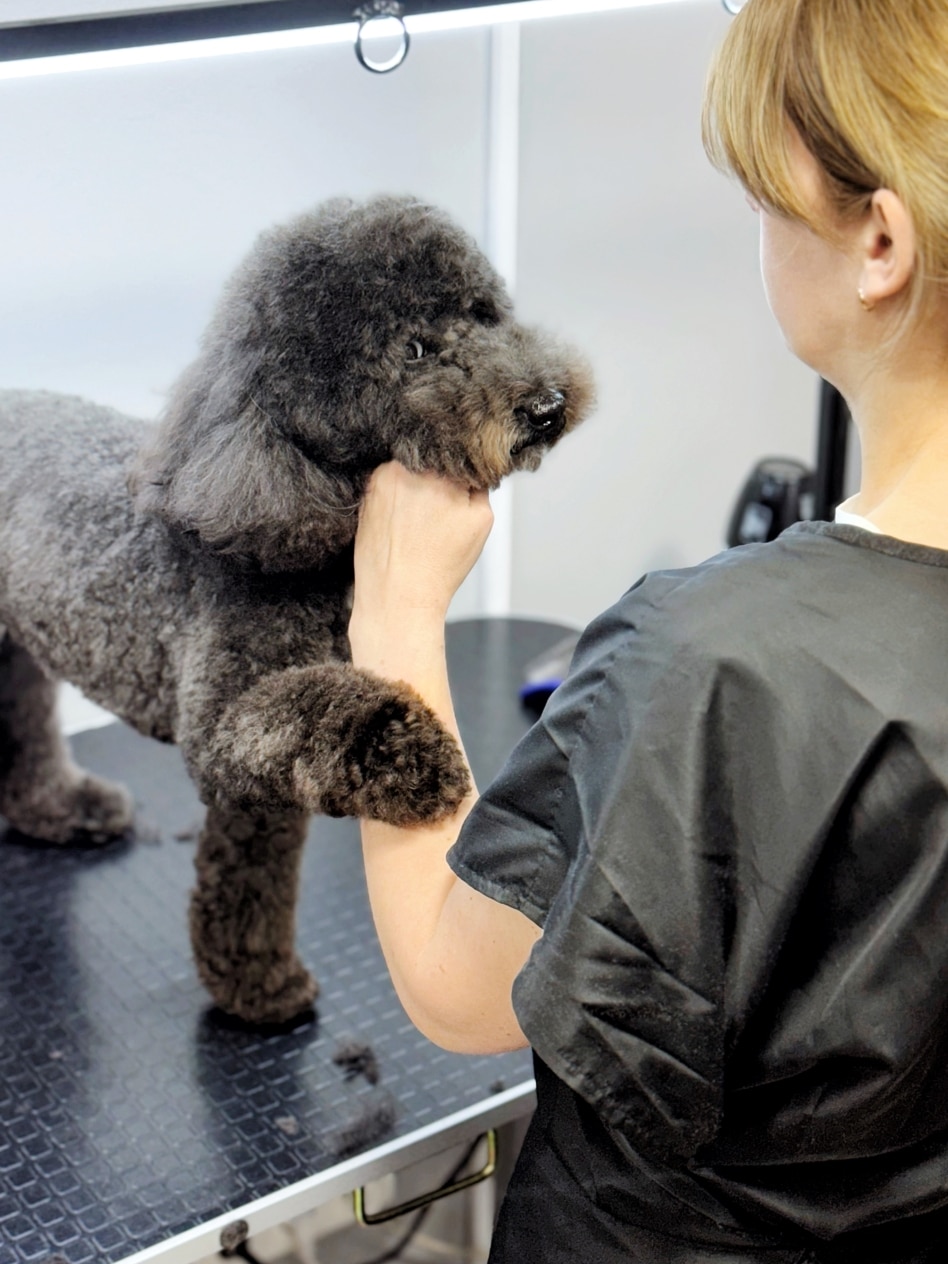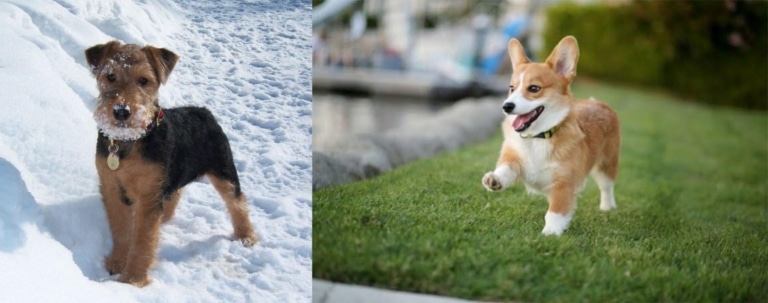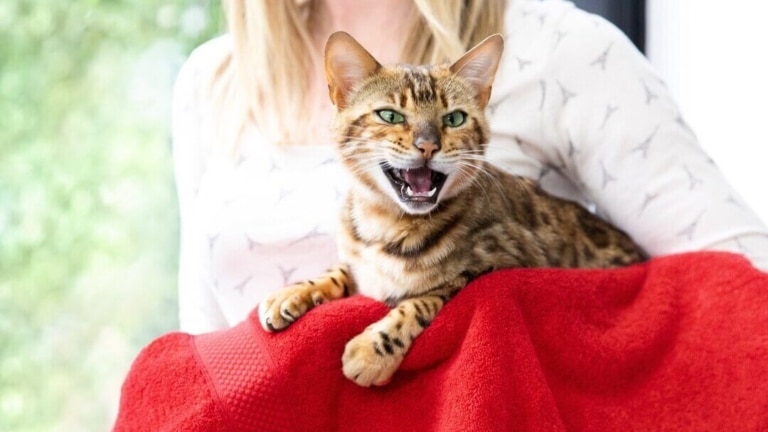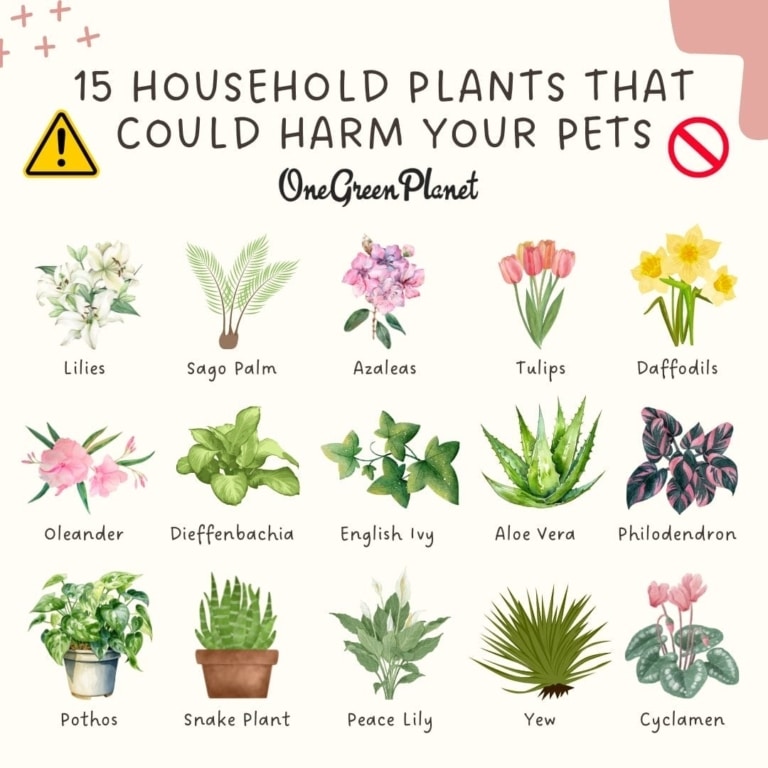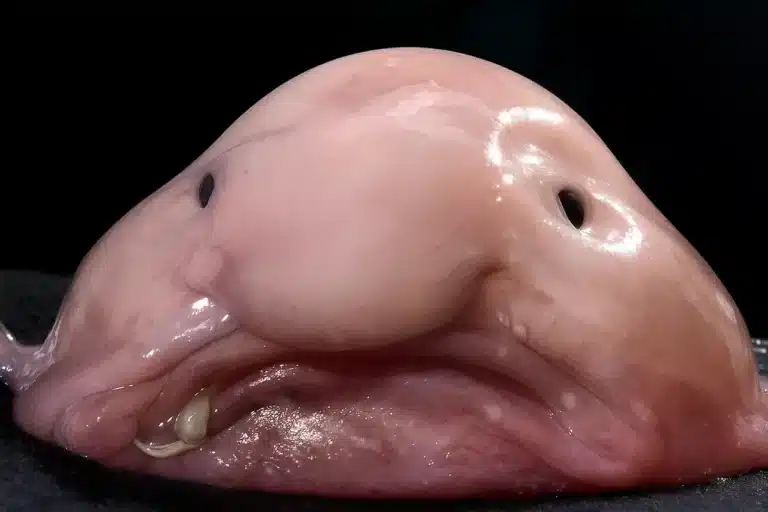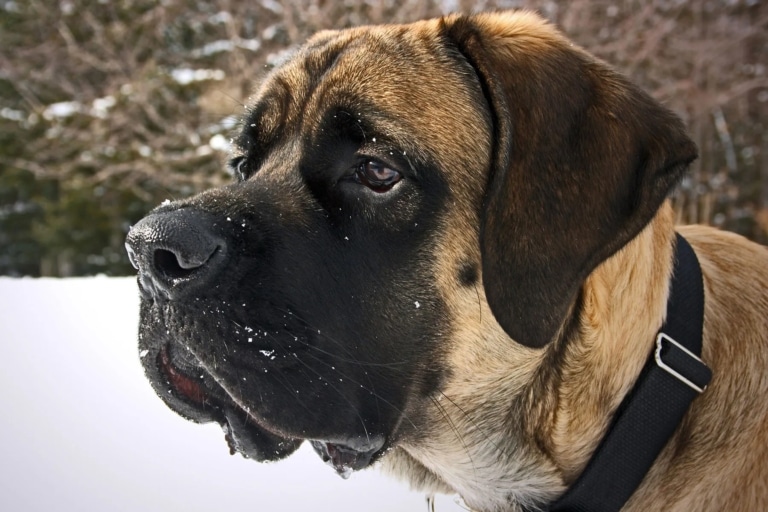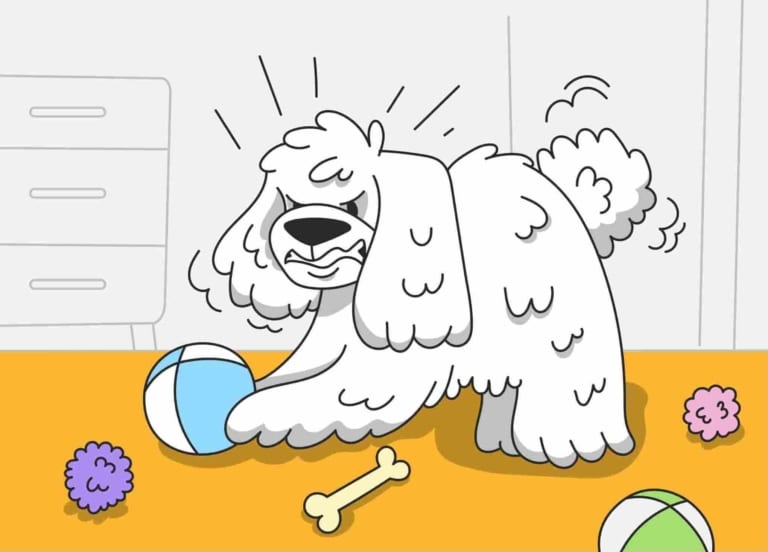Why Is Curly Fur Prone to Matting?
Curly-haired dogs have a unique coat texture that makes them more susceptible to tangling. Their fur consists of tight curls or wavy strands that interlock with each other. Unlike straight fur, curls don’t glide smoothly over one another but instead catch and form knots. Additionally, the undercoat in these breeds grows unevenly, creating extra tangling points. Without proper care, the fur turns into a dense, felt-like layer that is nearly impossible to detangle without trimming.
Which Breeds Are at Risk?
Breeds with coats particularly prone to matting include:
- BICHON FRISE – dense undercoat and tight curls cause rapid tangling.
- POODLE (all sizes) – spiral-textured fur keeps growing, requiring frequent trimming and brushing.
- BEDLINGTON TERRIER – soft, fluffy fur needs daily maintenance.
- CURLY-COATED TERRIERS – tightly wound curls make grooming more difficult.
- COCKER SPANIEL (American, English) – long, wavy fur tends to mat quickly, especially behind the ears and on the legs.
- PORTUGUESE WATER DOG, LAGOTTO ROMAGNOLO – these breeds naturally develop corded coats, but without care, their fur turns into solid mats.
- HYBRID BREEDS (Labradoodle, Cavapoo, Goldendoodle) – their mixed coat textures can make grooming even more challenging.
Consequences of Neglecting Grooming: Skin Irritation, Pain, and Inflammation
Mats can lead to serious health issues in dogs:
- Skin irritation and infections – thick, tangled fur prevents air circulation, creating a perfect breeding ground for bacteria and fungi.
- Pain and discomfort – mats pull on the skin, causing pain during movement. In severe cases, this can even affect the dog’s gait.
- Trapped dirt and moisture – mats collect dust, saliva, and skin oils, leading to an unpleasant odor and potential skin infections.
- Parasites – fleas, ticks, and other parasites often hide in mats, making them harder to detect.
Why Do Mats Form?
The Structure of Curly Fur – How It Affects Tangling
Curly fur has a unique structure—it consists of coiled hairs that don’t lay flat but instead interlock with each other. This is especially true for the undercoat, which grows unevenly and tangles more easily than the topcoat. During natural shedding, dead hairs don’t fall out on their own but remain trapped among new strands, forming mats.
Lack of Regular Brushing – Why Mats Form Even After Bathing
If a curly-haired dog is not brushed daily or at least several times a week, its coat quickly becomes tangled. Brushing before bathing is especially crucial, as water makes existing mats even tighter. Wet fur tends to clump together, and once dried, these knots can be difficult to detangle without using a mat splitter or resorting to trimming.
Moisture and the Wrong Shampoo – How Care Affects Coat Condition
Water and excessive moisture are among the main causes of matting. If a dog’s coat is not fully dried after bathing, curls can clump together, forming tight knots. Choosing the right shampoo is also essential:
- Sulfate-based shampoos can dry out the coat, making it brittle and more prone to tangling.
- Overly greasy conditioners leave a sticky residue, causing the fur to attract dust and dirt more quickly.
The best option is shampoos and conditioners specifically designed for curly coats, providing sufficient hydration without weighing down the fur.
How Collars, Clothes, and Even Bedding Can Cause Matting
Many owners of curly-haired dogs notice that mats often form in the same areas – behind the ears, around the neck, under the armpits, and near the tail. The main reasons include:
- Collars and harnesses – fur constantly rubs against them and gets tangled. Soft harnesses or lightweight fabric collars are better suited for long-haired breeds.
- Clothing – sweaters and jumpsuits can create static electricity and mechanically tangle the fur. If your dog wears clothing in cold weather, it should be removed regularly for brushing.
- Bedding and dog beds – fur rubs against fabric, especially if the dog sleeps in the same position frequently.
To reduce the risk of matting, owners of curly-haired dogs should not only brush their pets regularly but also choose appropriate grooming products, haircuts, and even accessories carefully.
Matting Prevention: What You Should Do
Curly-haired dogs require special coat care since their fur structure makes them prone to tangling. Without regular brushing, proper bathing, and professional grooming, their coats quickly become matted, which can lead to not only aesthetic issues but also significant discomfort for the dog. Preventing mats is much easier than dealing with them later, so preventive care should be an essential part of your pet’s routine.
Daily Care
Daily brushing is essential for curly-haired breeds. It not only prevents matting but also evenly distributes natural oils throughout the coat, keeping it moisturized and protected. The right tools are crucial: a metal comb with long teeth for detangling curls and a soft slicker brush for gently removing dead hairs without irritating the skin.
Brushing dry fur is not recommended, as it can lead to hair breakage. To make the process easier and safer, anti-matting sprays should be used to hydrate the coat and reduce friction. These products are especially beneficial for long-haired curly dogs, as they help prevent dryness and static buildup.
Bathing and Drying
Proper washing and drying play a crucial role in caring for curly-haired dogs. These pets should be bathed no more than once every three to four weeks using shampoos free of harsh sulfates and parabens. The best choice is moisturizing formulas with silk proteins, keratin, or natural oils that help maintain curl structure. After washing, a conditioner or mask should always be applied to nourish the coat and make it more manageable.
Drying must be thorough, as damp fur tends to mat easily. A blow dryer should be used at a medium temperature setting while brushing the coat during the drying process. This helps detangle small knots and prevents mat formation. Allowing the coat to air-dry can cause it to clump together, leading to tough mats that are difficult to brush out, even with professional products.
Professional Grooming at a Salon
In addition to at-home care, curly-haired dogs require regular professional grooming. Poodles and Bichons need haircuts every 4–6 weeks since their fur doesn’t shed naturally and quickly becomes matted without regular trimming. Special attention should be given to areas between the toes and around the ears, as fur in these spots tends to tangle, potentially causing irritation or even infections.
Certain haircuts help reduce the risk of matting. For example, shorter, styled trims make the coat more manageable, while classic show cuts properly shape curls, preventing tangling. Professional groomers know how to adjust coat length and texture to keep dogs looking neat and well-groomed.
What to Do If Mats Have Already Formed?
If mats have already formed, it’s important to detangle them carefully to avoid damaging the dog’s coat. Special sprays, oils, or conditioners can be used to soften the tangled fur and make it easier to work with. Mats should be untangled gradually, without sudden movements, using a comb with long teeth or special tools.
In some cases, a mat splitter is the best option, especially if the knot is too tight and cannot be combed out without breaking the fur. This tool allows for careful cutting of the matted section while preserving the overall coat length. If a mat is in a particularly sensitive area or is too large, trimming may be the only solution.
Conclusion
Caring for curly-haired dogs requires consistency and the right grooming approach. Daily brushing, professional moisturizing products, proper bathing, and thorough drying help prevent matting. Regular grooming not only enhances a dog’s appearance but also prevents skin and coat issues.
Preventing mats is much easier than dealing with them. Proper care helps avoid discomfort, irritation, and the need to shave off tangled fur. To keep your pet’s coat healthy and well-groomed, it’s best to entrust grooming to professionals.
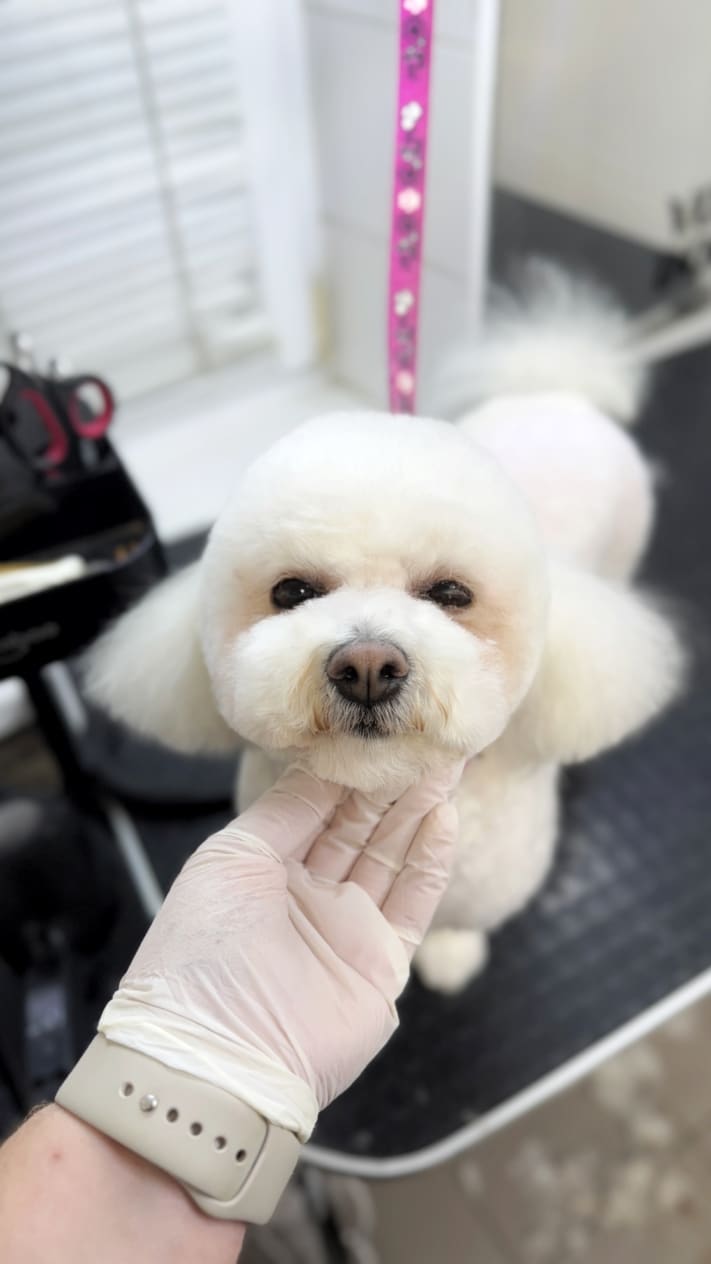
At V.O.G DOG SALON, specialists understand all the unique needs of curly-haired breeds. They will select the perfect care products, perform the right haircut, and ensure your pet looks flawless.

